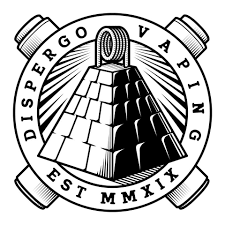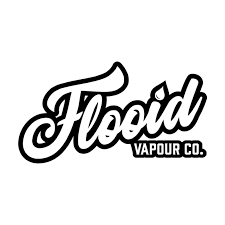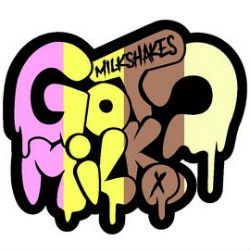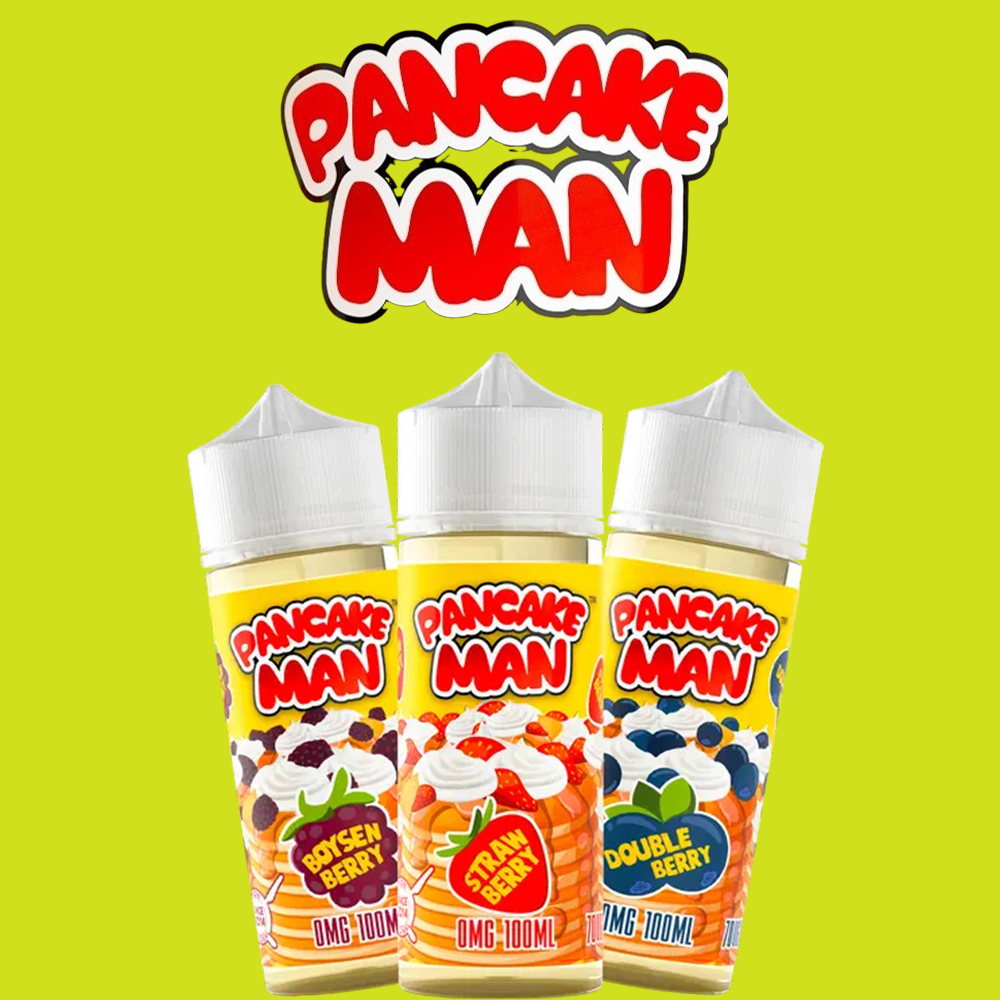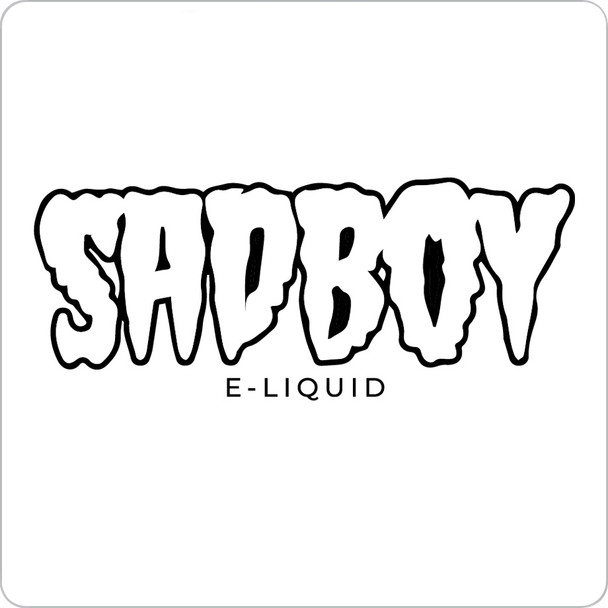DIY Mixing Guide
DIY Mixing Guide
With so many different products available, switching from tobacco cigarettes to e-cigarettes can be complicated. ELFC has written this guide for smokers and new vapers to explain what the different types of e-cigarettes are and how they work, what choices are available when it comes to e-liquid and what some of the vaping jargon actually means.
First of all, how does an e-cigarette actually work?
Most e-cigarettes are made up of 3 parts: a power source (battery), an atomizer (coil) and a liquid delivery system (tank or cartridge). Put simply, the e-liquid is delivered to the atomizer which is heated up by the battery to create vapour.
Different types of battery:
Stick Battery (Cigalikes): Stick batteries (cigalikes) are small and often look like a tobacco cigarette or cigar. Most have an automatic switch which means that they deliver their power when the user draws on the attached cartridge. It is widely agreed that stick batteries with cartridges do not provide a high quality vaping experience, and although they are usually cheap to buy, they do not offer value for money in the long run.Variable Voltage Ego Battery:
Variable voltage ego batteries, sometimes referred to as ego twist batteries, look just like standard ego batteries but their power output is regulated. This means a more consistent vape experience and the ability to change the power output using a dial on the bottom of the battery. Most ego twist batteries have a power output of anywhere between 3.2 and 4.8 volts. These batteries cost more than standard egos, but are widely recognised as being a relatively inexpensive way of getting a good quality vape.
Box Mods:
Box mods have become the most popular e-cigarette mods on the market in recent times. They hold a battery (sometimes removable) and usually have a screen and control buttons. Users can control the amount of power they receive and see useful information such as battery life and coil resistance. Box mods have become a lot cheaper in recent months, and some are now only a few pounds more expensive than variable voltage ego batteries. The only downside to box mods is their size, yes some are very small, but still not as pocket friendly as an ego.
Tube Mods:
Due to the popularity or box mods, tube mods have become less common in the vaping world. The problem with tube mods is that they are tall, sometimes very tall, whereas box mods are shorter and less conspicuous. Tube mods essentially perform the same job as a box mod, just in a different shaped package.
Different types of tanks
Cartridges:
Although not strictly a tank, a cartridge is still a common liquid delivery system. Cartridges screw onto stick batteries and are usually pre-filled with e-liquid. Although empty cartridges that users can fill with their own e-liquid can still be purchased, they are becoming less common due to the popularity of tank systems. We do not recommend using cartridges as they are not as convenient or as cost effective as tanks.
Disposable Tanks:
Disposable tanks have a coil and wick built in which are non-removable. When the tank is no longer working correctly, it is thrown away and replaced with a brand new one. These tanks are usually filled from the bottom and hold 1-2ml of e-liquid. Although these tanks are less expensive than reusable tanks, they are not cost effective in the long run.
Reusable Tanks:
Reusable tanks today can hold anywhere from 2ml to 7ml of e-liquid, and are increasingly being designed to be filled from the top, although many are still filled from the bottom. Unfortunately, due to the TPD regulation coming into effect in the European Union, tanks will soon be limited to a 2ml capacity (read more about these regulations in our TPD guide). Unlike disposable tanks, reusable tanks have replaceable coil heads, this means that instead of throwing away the whole tank when it stops performing correctly, users can just replace the coil.
Rebuildable Tanks (RTAs):
RTAs are just like reusable tanks except instead of using pre-made coil heads, users build coils themselves. Building simple coils does take practice, but isn’t particularly difficult. The benefits of using an RTA over a reusable tank are that users don’t have to buy pre-made coil heads, and that the vape experience can be customised. We recommend that new vapers get some experience using reusable tanks before getting an RTA.
Different types of atomizer
Pre-made Coil Heads: Pre-made coil heads are usually screwed into the bottom of reusable tanks and are responsible for wicking and vapourizing the e-liquid. As a general rule, coil heads from one tank will not be compatible with a different tank. Coil heads are designed to perform in a certain voltage or wattage range, this information is often written on the coil head itself. The acceptable life of a coil head is anywhere from 5 days to 3 weeks depending on how often it is used, what voltage or wattage it is used at and what e-liquid is being used.Rebuildable Dripping Atomizers (RDAs):
RDAs are used in place or tanks or cartridges. Users of RDAs build their own coils and drip e-liquid directly onto the coil and wick. RDAs have no tank and hold very little e-liquid, but are known for providing the best flavour. Although still readily available, RDAs will most likely disappear from the market in the European Union as they are unlikely to pass regulations set out in the TPD. As with RTAs, we recommend that new vapers get some experience with reusable tanks before using RDAs.
All about e-liquid
What is e-liquid?
All e-liquid is made from of the following ingredients: Propylene Glycol (PG), Vegetable Glycerin (VG), Nicotine and Flavouring. Some e-liquid is nicotine or PG free.
What is propylene glycol?
Propylene glycol, or PG, is an organic compound and is used in a variety of products including food, cosmetics and pharmaceuticals. PG is a colourless liquid and is a good carrier of flavour in e-liquid. High PG e-liquid also has a stronger ‘throat hit’ than high VG e-liquid.
What is vegetable glycerin?
Like propylene glycol, vegetable glycerin (VG) is used in food, cosmetics and pharmaceuticals. VG is a much thicker liquid than PG, and has a sweeter taste and smell. Because it is thicker, VG does not carry flavour as well as PG, but higher VG e-liquids produce more vapour.
Nicotine:
Nicotine is an addictive substance and ELFC does not encourage non-smokers to start using any product that contains nicotine. A lot of people believe that nicotine is one of the main reasons why tobacco cigarettes are so bad for people’s health, this is not true as tar and carbon monoxide are far more damaging. The way the human body reacts to nicotine is very similar to the way it reacts to caffeine.
Flavouring:
There is almost a limitless choice of flavours for vapers to choose from. Everything from simple flavours like apple and blueberry to more complex bakery and dessert flavours are available. Fancy a bacon flavoured vape? Well, that’s available too. ELFC sells flavour concentrates from some of the best flavour developers in the world, so you can always find something you’ll love.
What nicotine strength should I use?
There is no correct answer to this because everyone is different. Our advice is that new vapers should use 8-12mg if they smoke around 10 cigarettes per day, 12-16mg if they smoke around 15 cigarettes per day, and 16-20mg if they smoke 20 or more cigarettes per day. Also, we advise that those vapers using low resistance, high wattage devices should use no more than 6mg.
What PG/VG blend should I choose?
As a general rule, high PG e-liquids have more flavour and a stronger ‘throat hit’, and high VG e-liquids produce more vapour. We advise that new vapers go for a 50-70% PG e-liquid. Also, some reusable and disposable tanks designed to be used at low wattages will not work correctly with high VG e-liquids, similarly some tanks and RTAs designed to be used at high wattages will not work correctly with high PG e-liquids.
Why make my own e-liquid?
There are two main reasons why vapers choose to make their own e-liquid: Cost and customization. The average cost of a 10ml bottle of e-liquid in the UK is around £4 (this price is likely to rise following the implementation of the TPD), whereas 10ml of DIY e-liquid can cost less than 50p! And if you’re favourite e-liquid is only available in 12mg and 18mg strength, but you’d prefer 15mg, then the only way you can get this strength is by making it yourself. Also, pre-mixed e-liquid will soon be available in 10ml bottles only (another TPD regulation), some vapers will find this inconvenient, but the DIY vaper can make as much or as little e-liquid as they like.
Is making my own e-liquid difficult?
No. E-liquid is made from only 4 ingredients, and you don’t have to use all of those. Simply decide what nicotine strength and PG/VG blend you want, and use our DIY Calculator to create your recipe.
Vaping jargon and terminology explained
Coil Resistance:
All atomizer coils have a resistance measured in ohms. Using Ohm’s law, vapers can calculate their wattage by dividing their voltage squared by the resistance of their coil. For example, using a 2 ohm coil at 4 volts would be 8 watts, and using a 0.5 ohm coil at 4 volts would be 32 watts. More wattage means more power.
Wicking:
Wicks are used in atomizers to feed e-liquid to the coils. Most modern atomizers use organic cotton as a wicking material because of it’s clean flavour and it’s ability to feed e-liquid quickly. Other wicking materials include silica and rayon.
Airflow:
All tanks and cartridges need air to transfer vapour to the user. Airflow also allows e-liquid to feed to the coils. Most modern tanks allow users to adjust the airflow by turning a ring on the outside of the tank.
Dry Hit:
This is when a vapour experiences a scratchy or ‘dry’ vape. This is most commonly caused by the wicking material not being fully saturated with e-liquid.
Burnt Hit:
This is when the wicking material has little or no e-liquid and is burnt by the coil. Burnt hits are very unpleasant.
Flooding/Gurgling:
When an atomizer is over saturated with e-liquid, this is called flooding. Flooding results in an unpleasant vape and flooded atomizers can make a gurgling sound.
Throat Hit:
Throat hit is the thump vapers and smokers get at the back of their throat when inhaling vapour or smoke. Some vapers need a strong throat hit to have a satisfying vape, others try to minimise the throat hit they experience. As a general rule, high PG and high nicotine e-liquids provide a stronger throat hit than high VG and low nicotine e-liquids.
Sub-Ohm Vaping:
Sub-ohm vaping is when a coil has a resistance of less than 1 ohm. Vaping low resistance coils at high wattages produces more vapour than high resistance coils vaped at lower wattages.
Temperature Control:
Temperature control is when a device can read the temperature of a coil and provide differing amounts of power to maintain that temperature. Users can set the temperature to one that they enjoy. Temperature control can only be used with coils made from nickel, titanium or stainless steel.
mAh:
mAh, or milliampere hour, is a measure of how long a battery is likely to last. More mAh means more battery life.
Cloud Chasing:
Cloud chasing is when vapers use very low resistance coils at very high wattages to create as much vapour as possible.
Mouth to Lung Inhale:
This is a way of drawing on an e-cigarette in the same way as most people draw on a tobacco cigarette: By taking the vapour into the mouth before inhaling into the lungs. Mouth to lung inhaling requires a tighter airflow.
Direct Lung Inhale:
This is when the vapour is drawn directly into the lungs instead of into the mouth first. Direct lung inhaling requires a more open airflow and usually produces more vapour as this technique allows the vaper to inhale for longer.
18350, 18650, 26650….:
These are just examples of battery sizes used in the e-cigarette industry. We thought that we’d put this in as most people are used to battery sizing in letters: AA, AAA etc.
510 and Ego Connections:
510 and ego connections are the most common ways of attaching a tank to a battery or mod. All box and tube mods have 510 threading and most have, or can be adapted to have ego threading.
Drip Tip:
This is another name for the mouth piece attached to tanks and RDAs. The name ‘drip tip’ comes from vapers who drip e-liquid through the mouth piece directly onto the coils.
We have tried to cover as much as possible in this guide without getting over complicated, and it must be said that new vapers do not need to understand everything in this guide to get a good vaping experience. More useful information can be found in our DIY Mixing Guide, our Vaping Q&A, our E-cigarette Troubleshooting Guide and our Blog.
ELFC is always happy to help new and experienced vapers, so feel free to get in touch at info@eliquidflavourconcentrates.co.uk with any questions.
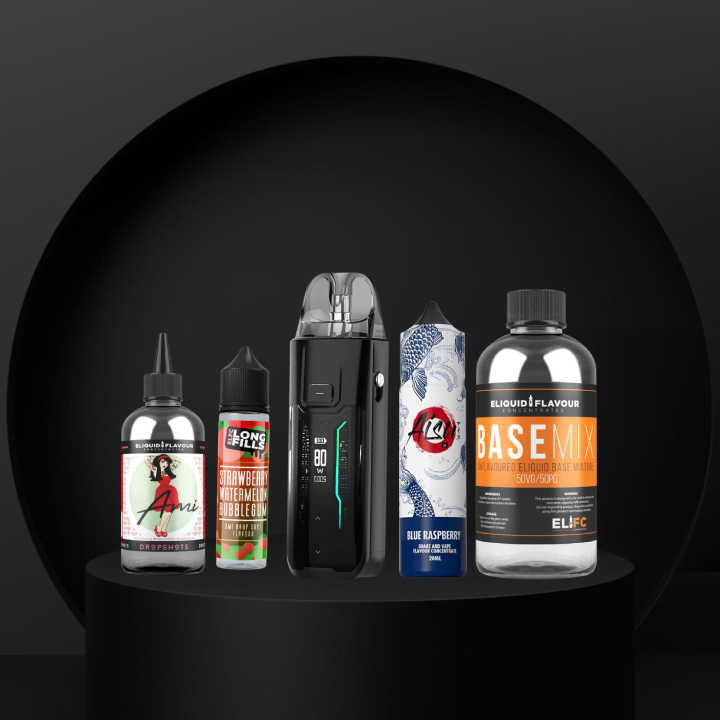
Browse Our Starter Kits and wide range of DIY Packages.
Here at ELFC we cater to both experienced DIY mixers and those giving it a go for the first time.

















